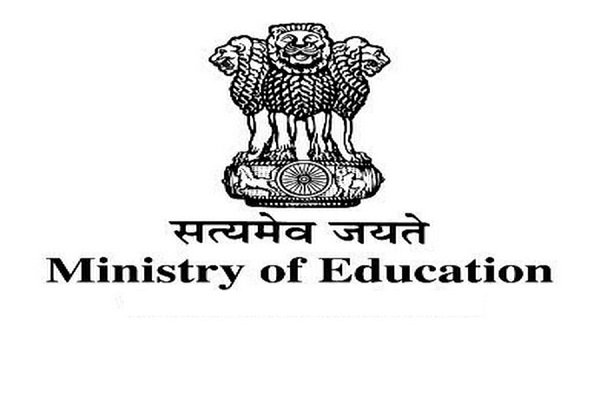Learning Standards (LS) play a pivotal role in India’s National Curriculum Framework (NCF) for School Education. The NCF, released by the Ministry of Education, revolves around these standards, ensuring alignment, consistency, and coherence across all elements of the curriculum.
The curriculum encompasses a wide array of components, including syllabi, content, pedagogical practices, assessments, textbooks, teaching-learning materials, school practices, and more. Designing and developing these elements require a holistic approach, considering factors like educational psychology, subject knowledge, research in pedagogical practices, and the resources available in schools.
Achieving coherence among these elements is a fundamental challenge in education, particularly during the design and development phases. While this column focuses on the importance of LS and goal alignment, it acknowledges that successful implementation in the real world involves practical considerations beyond design and development.
So, what are Learning Standards, and how do they facilitate goal alignment? LS are a set of objectives that range from abstract, long-term goals to specific, short-term targets. These standards become progressively detailed and specific, ultimately defining day-to-day goals in schools. Rigorous development ensures that each goal derives from higher-level objectives, maintaining internal coherence and addressing all aspects of the overarching goals.
At the highest level, LS articulate the aims of school education as envisioned in the Constitution of India. These aims encompass rational thinking, health, democratic and community participation, economic engagement, and cultural participation. Achieving these aims requires instilling values, fostering positive dispositions, developing inquiry skills, enhancing communication abilities, promoting problem-solving, encouraging logical reasoning, nurturing creativity, and imparting knowledge across various curricular areas.
LS are structured in four levels of increasing specificity:
- Curricular Aims: These aims are derived from the Constitution’s vision and are meant to be achieved by the end of schooling.
- Curricular Goals: These specific statements provide direction for curriculum development and implementation. They are framed for each of the four school stages.
- Competencies: These are specific, observable learning achievements that can be systematically assessed.
- Learning Outcomes: These milestones of learning progress sequentially, leading to competency attainment. They guide teachers in planning content, pedagogy, and assessments.
For example, in Language Education, one of the aims is developing effective communication skills. This leads to a curricular goal for the Secondary Stage: “Use Language to develop reasoning and argumentation skills by engaging with a variety of audio and written material.” This, in turn, results in a competency: “Argues with proper rationale by carefully evaluating premises,” and specific learning outcomes for Class 9: “Evaluates the premises of an argument for its clarity, relevance, and reliability (of evidence).”
In essence, Learning Standards provide goals for educational activities at all levels and time frames, ensuring consistency and coherence in India’s curriculum framework. These standards serve as the backbone of the NCF, aligning educational endeavors with overarching objectives, and this will be explored further in the next column.
